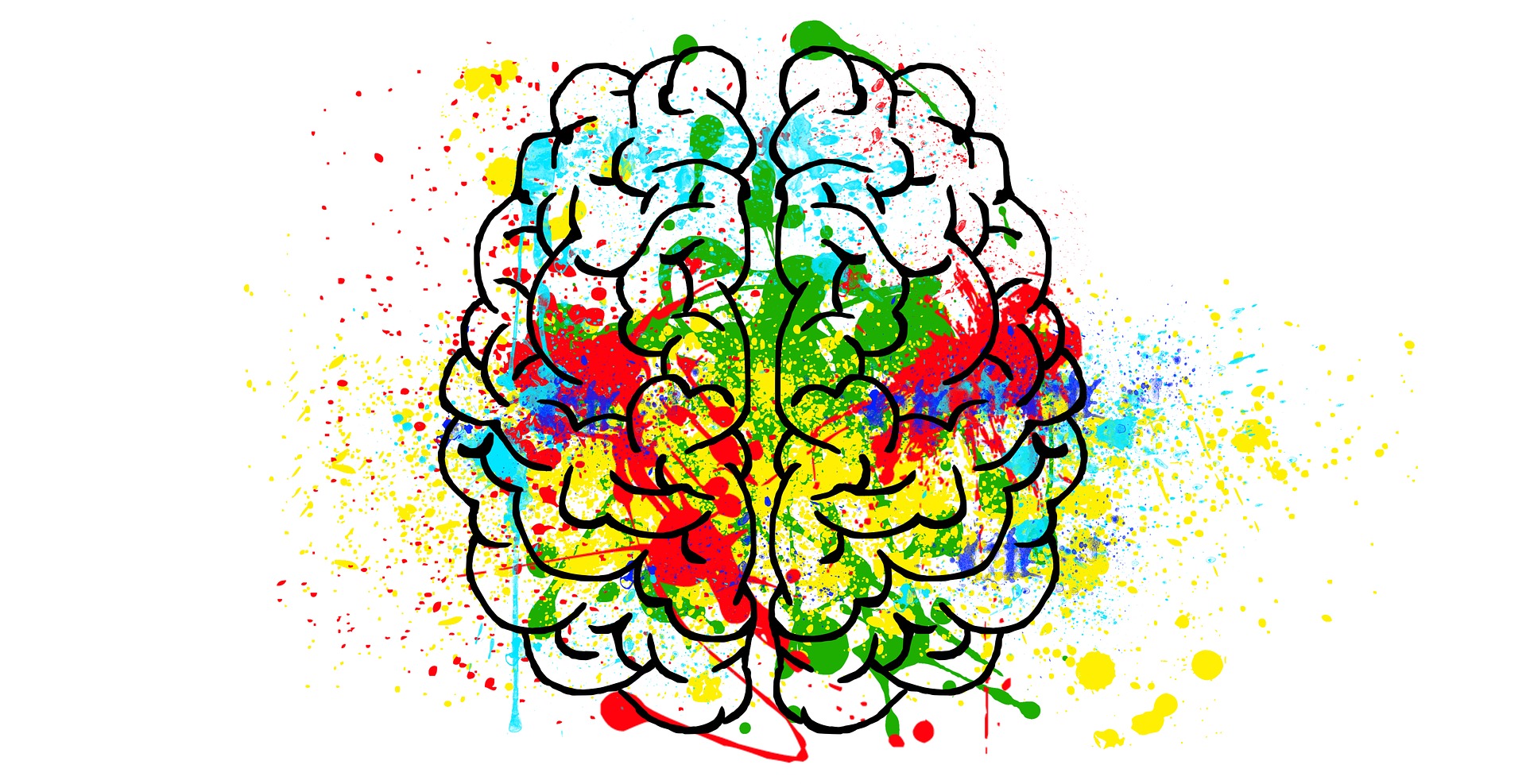Awe, excitement, humor, anger and anxiety are all feelings that increase our arousal. These are also the feelings that cause us to make a conversion. In short, arousal = conversion. But there’s a catch… even when it’s positive, we can’t stay in an aroused state forever. In fact, as human beings, we actively seek to reduce arousal… both positive and negative… quickly, which is why conversions happen.
Feelings that lead us to make conversions are something we’ve talked about before on this blog. For example, scarcity (like limited releases) work well because it causes anxiety in customers who feel they are in competition for something they may not get. Products that tout solutions work well because anger or frustration likely led that customer to a purchase point (if your floor is always dirty, and you can’t stand to look at it one more time, that Roomba doesn’t seem so expensive after all).
But what happens after your ideal customer converts? In other words, how do you repeatedly invoke feelings or excitement or anxiety after they feel the contentment of making a purchase so that your customer returns again and again or refers your products or services to others? Note: People who feel content don’t buy things as much.
Solution: Think of how the customer relates to your brand, instead of solely thinking about your product or service.
Let’s say you are a high-end restaurant. Your ideal customer probably values the experience you give them in addition to the food, or they wouldn’t pay a premium. After all, you can get high-end food at specialty grocery stores for cheaper. So don’t make your content just about your food… make it about the experience your ideal customer seeks. Does a particular dish transport your customer to the Mediterranean? Describe how and show a picture of the Mediterranean in addition to the food. Sure a customer may feel content for a while after going to your restaurant but by becoming excited in a new way with images of new experiences in addition to descriptions of new flavors, she may realize she needs to return for the Mediterranean dish.
When we take our thinking beyond the features of the product or service to the customer’s desires upstream from the product or service, we are more likely to achieve the excitement or anxiety they need to become brand loyalists.
The problem is, we sell the product, but not the feelings that make us convert WAY too often. Disney never shows us a diagram of Mickey Mouse and the quality materials with which he’s stuffed… they show us the magic he creates. Magic is an experience that gets us feeling excited… an experience for which we return again and again no matter how many mementos, memories, and movies we already have.











